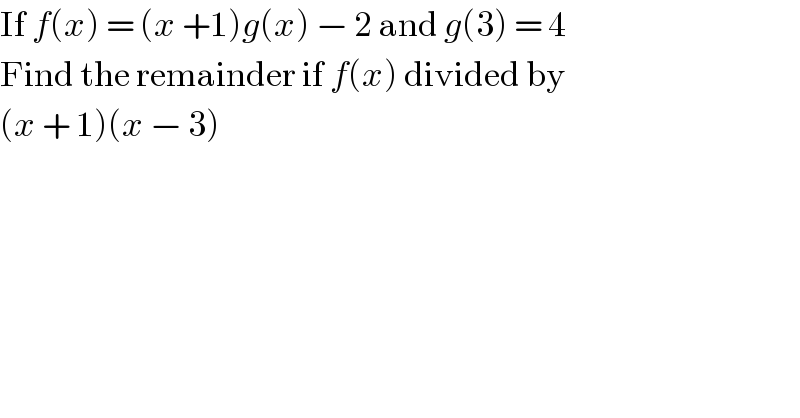
Question and Answers Forum
Previous in Relation and Functions Next in Relation and Functions
Question Number 19811 by Joel577 last updated on 16/Aug/17

Commented by myintkhaing last updated on 16/Aug/17

Commented by Joel577 last updated on 16/Aug/17

| ||
Question and Answers Forum | ||
Previous in Relation and Functions Next in Relation and Functions | ||
Question Number 19811 by Joel577 last updated on 16/Aug/17 | ||
 | ||
Commented by myintkhaing last updated on 16/Aug/17 | ||
 | ||
Commented by Joel577 last updated on 16/Aug/17 | ||
 | ||